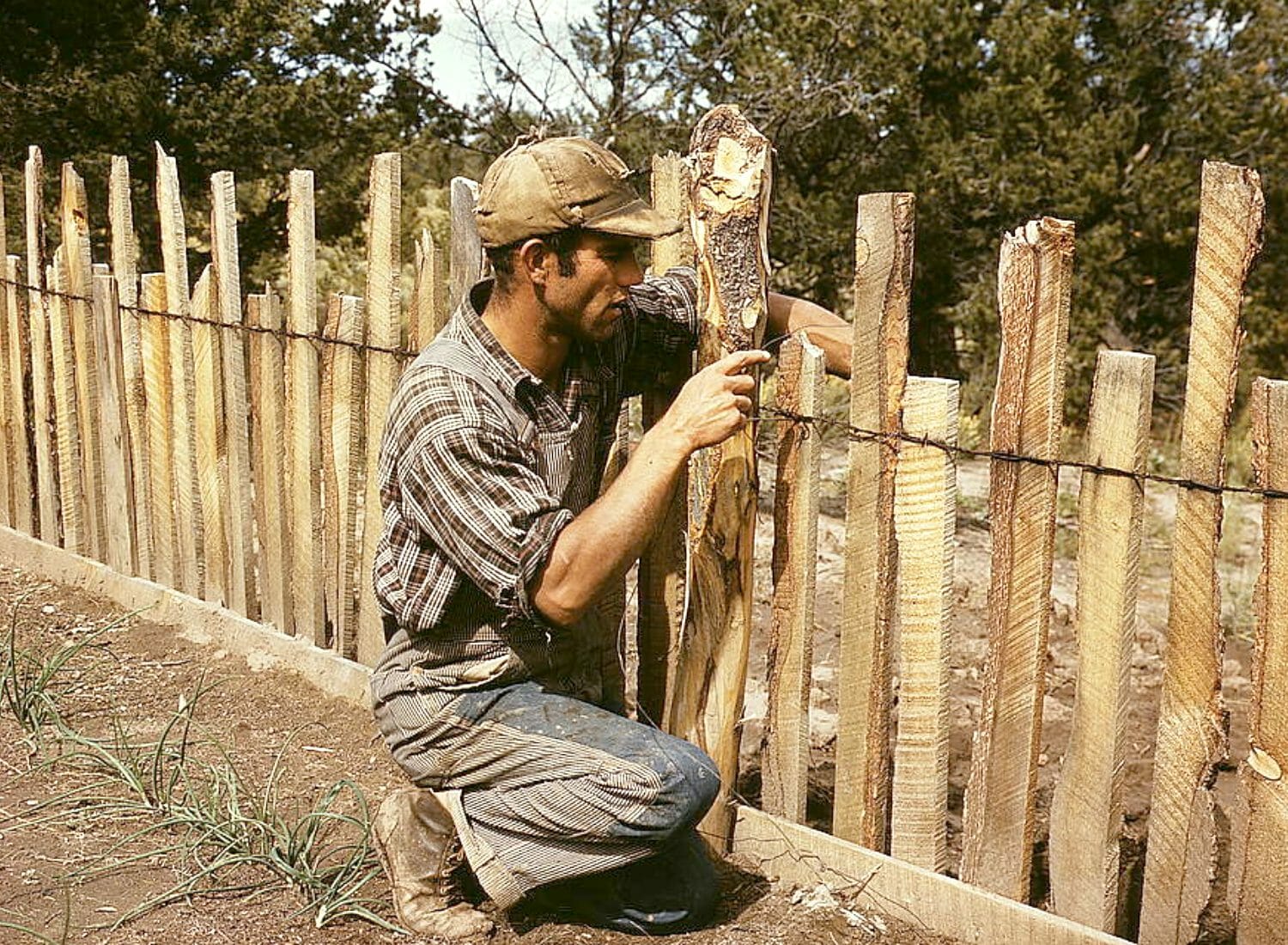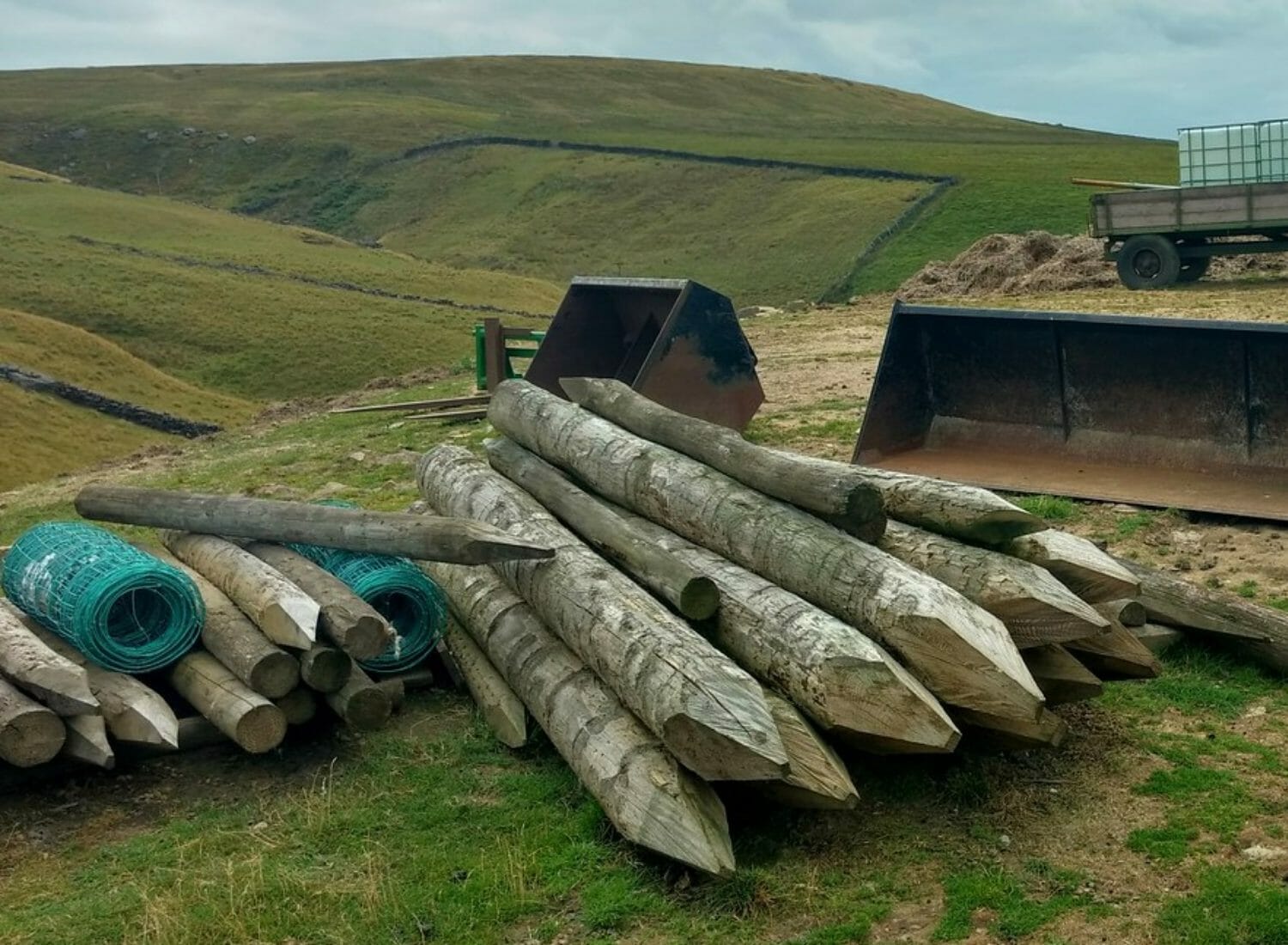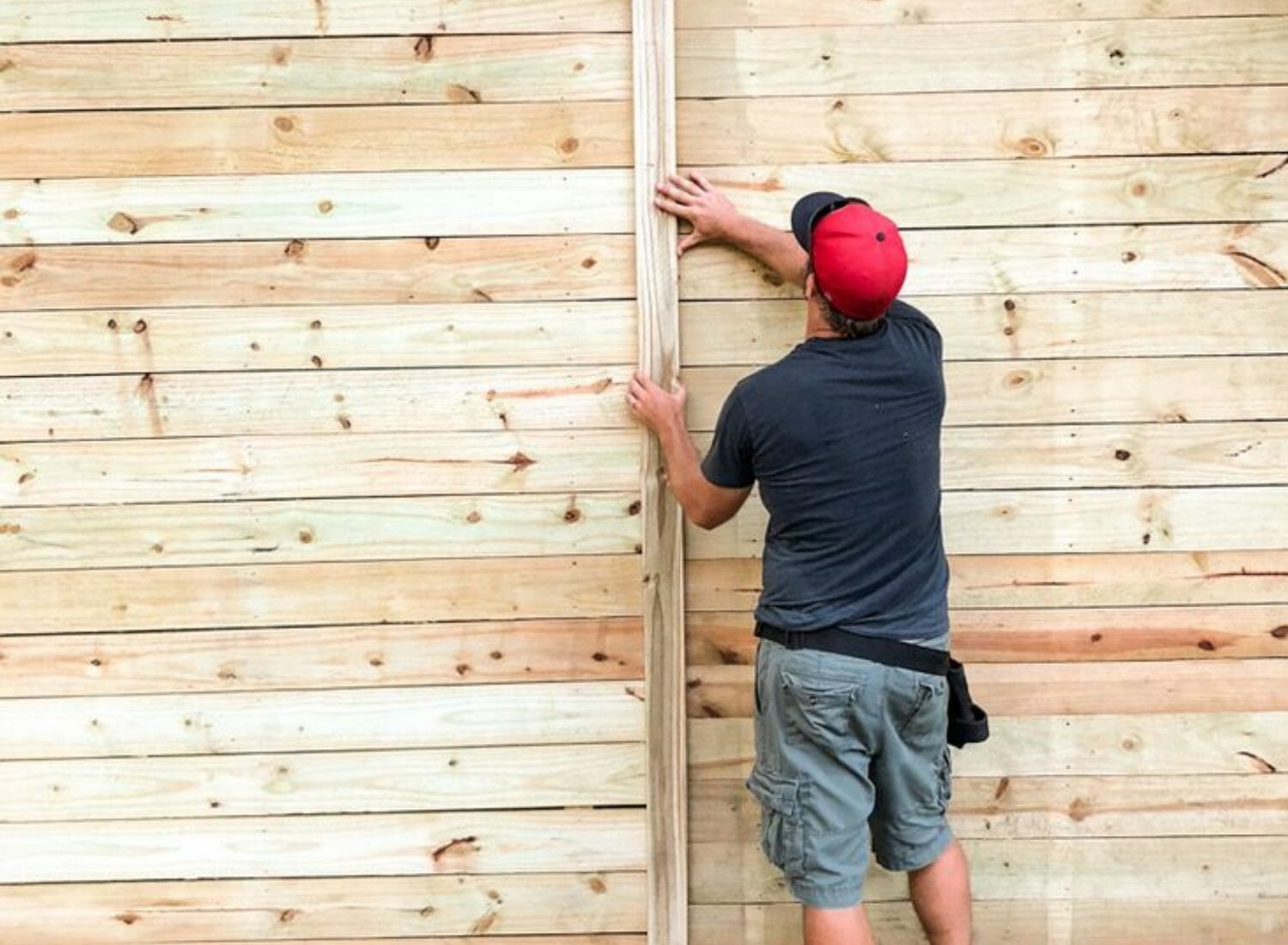
Source: Flickr
Fencing is an essential farm component, but it can be expensive to install and maintain. Over time, fencing can become damaged due to weather, animals, or other factors, and repairing or replacing it can be a significant expense. Recognizing this challenge, the U.S. government and several state entities have introduced fencing repair grants tailored for farmers.
The Fencing Repair Grant for Farmers, such as those under the USDA’s Environmental Quality Incentives Program (EQIP), provide financial assistance to farmers who need to repair or replace fencing damaged by natural disasters or unforeseen events.
To be eligible, farmers must demonstrate that the damage was beyond their control and has significantly impacted their farming operations. The application process usually involves submitting an application form, providing evidence of the damage, and detailing the estimated repair costs.
This article delves into the nuances of eligibility for these grants and guides farmers through the application process to secure the necessary funding for their fencing needs.
Eligibility criteria for fencing repair grant
Farmers must meet certain criteria to be eligible for a fencing repair grant. These criteria may vary depending on the grant program, but some common requirements include:
Proof of ownership or leasehold
Farmers must provide proof of ownership or leasehold of the land where the fencing repair work will be done. This can be in the form of a deed, lease agreement, or other legal document.
Proof of income
Most grant programs require farmers to provide proof of income to show that they need financial assistance. This can include tax returns, financial statements, or other documents that show the farmer’s income level.
Agricultural use
Fencing repair grants are typically only available for fences used for agricultural purposes. Farmers must prove that the fence encloses livestock, crops, or other agricultural products.
Compliance with regulations
Farmers must comply with all applicable regulations and laws related to fencing repair. This may include zoning regulations, building codes, and environmental regulations.
Other requirements
Grant programs may have additional requirements, such as a minimum or maximum grant amount, a specific timeline for completing the repairs, or a requirement to use specific materials or contractors. Farmers should carefully review the requirements of each grant program to determine if they are eligible and what the application process entails.
Application process for fencing repair grant
Farmers who require fencing repair can apply for grants to help cover the costs. Here are the general steps for applying for a fencing repair grant:
- Research available grants: The first step in applying for a fencing repair grant is to research available grants. The USDA offers a variety of grants and loans for farmers, including the Farm Service Agency (FSA) Loans.
- Determine eligibility: Once you have identified a grant you are interested in, you must determine eligibility. Eligibility requirements vary depending on the grant but typically include factors such as location, farm size, and income level. Be sure to carefully review the eligibility requirements for each grant before applying.
- Gather documentation: Before applying for a grant, you must gather documentation to support your application. This may include financial statements, tax returns, and proof of land ownership. Be sure to carefully review the documentation requirements for each grant before applying.
- Complete the application: Once you have determined your eligibility and gathered the necessary documentation, you can begin the application process. Most grants require an application that includes information about your farm, fencing repair needs, and financial situation. Be sure to carefully review the application guidelines for each grant before submitting your application.
- Wait for a decision: After submitting your application, you must wait. The time it takes to receive a decision varies depending on the grant, but it is important to be patient and follow up if necessary.
Implementation of fencing repair
Farmers who have received a fencing repair grant must ensure that the funds are used properly and effectively. Here are some steps that can help farmers implement fencing repair projects successfully:
1. Planning and budgeting

Source: Pinterest
Before starting the fencing repair project, farmers should plan and budget the project carefully. They should assess the damage and determine the scope of the project.
They should also estimate the repair cost, including materials, labor, and equipment. Farmers should ensure they have enough funds to complete the project before starting.
2. Hiring contractors

Source: Istockphoto
Farmers who do not have the necessary skills or equipment to repair the fence themselves should consider hiring contractors. They should look for contractors with experience in fencing repair and who are licensed and insured. Farmers should also ask for references and check the contractor’s reputation and track record.
3. Obtaining permits

Source: Pinterest
Farmers should check with local authorities to determine if they need permits before starting the fencing repair project. Some areas may require permits for fence repairs, especially if the fence is near a road or a waterway.
4. Choosing the right materials

Source: Flickr
Farmers should choose the right materials for the fencing repair project. They should select materials that are durable, weather-resistant, and suitable for the specific purpose of the fence. Choosing the right materials ensures that the fence will last for a long time and require minimal maintenance.
5. Monitoring and maintenance

Source: Pinterest
After the fencing repair project is completed, farmers should monitor the fence regularly to ensure it functions properly. They should also perform regular maintenance, such as cleaning, painting, and replacing damaged parts. Regular maintenance can extend the life of the fence and prevent costly repairs in the future.
By following these steps, farmers can implement fencing repair projects successfully and ensure that their fences are in good condition.
Monitoring and evaluation of fencing repair
After obtaining a fencing repair grant, farmers must monitor and evaluate the repairs to ensure they meet the intended goals. This section will discuss the importance of monitoring and evaluation, how to do it, and its benefits.
Importance of monitoring and evaluation
Monitoring and evaluation are crucial aspects of any project, including fencing repairs. By monitoring and evaluating the repairs, farmers can determine whether the repairs are meeting the intended goals, identify any issues, and make necessary adjustments. This process helps ensure that the repairs are effective and the grant money is used efficiently.
How to monitor and evaluate fencing repairs
There are several ways farmers can monitor and evaluate their fencing repairs. One way is to regularly inspect the repaired fences to ensure they meet the intended goals. Farmers can also keep track of any repairs that need to be made and any issues that arise.
Another way to monitor and evaluate fencing repairs is to keep records of the repairs and the grant money used. This information can be used to track the progress of the repairs and ensure that the grant money is being used efficiently.
Benefits of monitoring and evaluation
Farmers can ensure that the repairs are effective and meet the intended goals by monitoring and evaluating fencing repairs. This process can also help farmers identify any issues and make necessary adjustments, saving time and money in the long run.
Additionally, monitoring and evaluation can help farmers demonstrate the fencing repairs’ impact on the grant provider. Farmers may be more likely to receive future grants and funding by providing evidence of the repairs’ effectiveness.
FAQ’s
What are the requirements for receiving a fencing grant for farms?
Farmers must meet certain requirements to be eligible for a fencing grant for farms. These requirements vary depending on the grant program. For example, the USDA’s Natural Resources Conservation Service (NRCS) offers fencing grants to farmers who implement conservation practices on their land. Farmers must have a conservation plan and meet other eligibility criteria to qualify for these grants.
How do I apply for NRCS grants for fencing?
Farmers can apply for NRCS grants for fencing by contacting their local NRCS office. The application process typically involves completing an application form and providing documentation to support the funding request. The NRCS may also require an on-site visit to assess the fencing needs and determine the amount of funding that will be provided.
Are there any grants available for deer fencing on farms?
Yes, there are grants available for deer fencing on farms. For example, the USDA’s Farm Service Agency (FSA) offers the Emergency Conservation Program (ECP), which provides funding to farmers who have suffered damage to their crops or fencing due to natural disasters, including damage caused by wildlife.
What types of fencing are eligible for government grants for farms?
The types of fencing eligible for government farm grants vary depending on the grant program. Generally, fencing used for agricultural purposes, such as keeping livestock contained or protecting crops from wildlife, is eligible for funding. The fencing must also meet certain standards and be installed according to specific guidelines.
Can female and minority farmers apply for USDA farm grants for fencing?
Female and minority farmers can apply for USDA farm grants for fencing. The USDA offers various grant programs specifically designed to support female and minority farmers, including the Socially Disadvantaged Farmers and Ranchers Program (SDFRP). These programs provide funding to help farmers improve their operations and profitability.
Is there free money available for farmers to repair their fences?
While some grant programs may provide free money to farmers to repair their fences, most grant programs require farmers to contribute some of their own funds toward the project. The amount of funding farmers must contribute varies depending on the grant program and the specific project.






